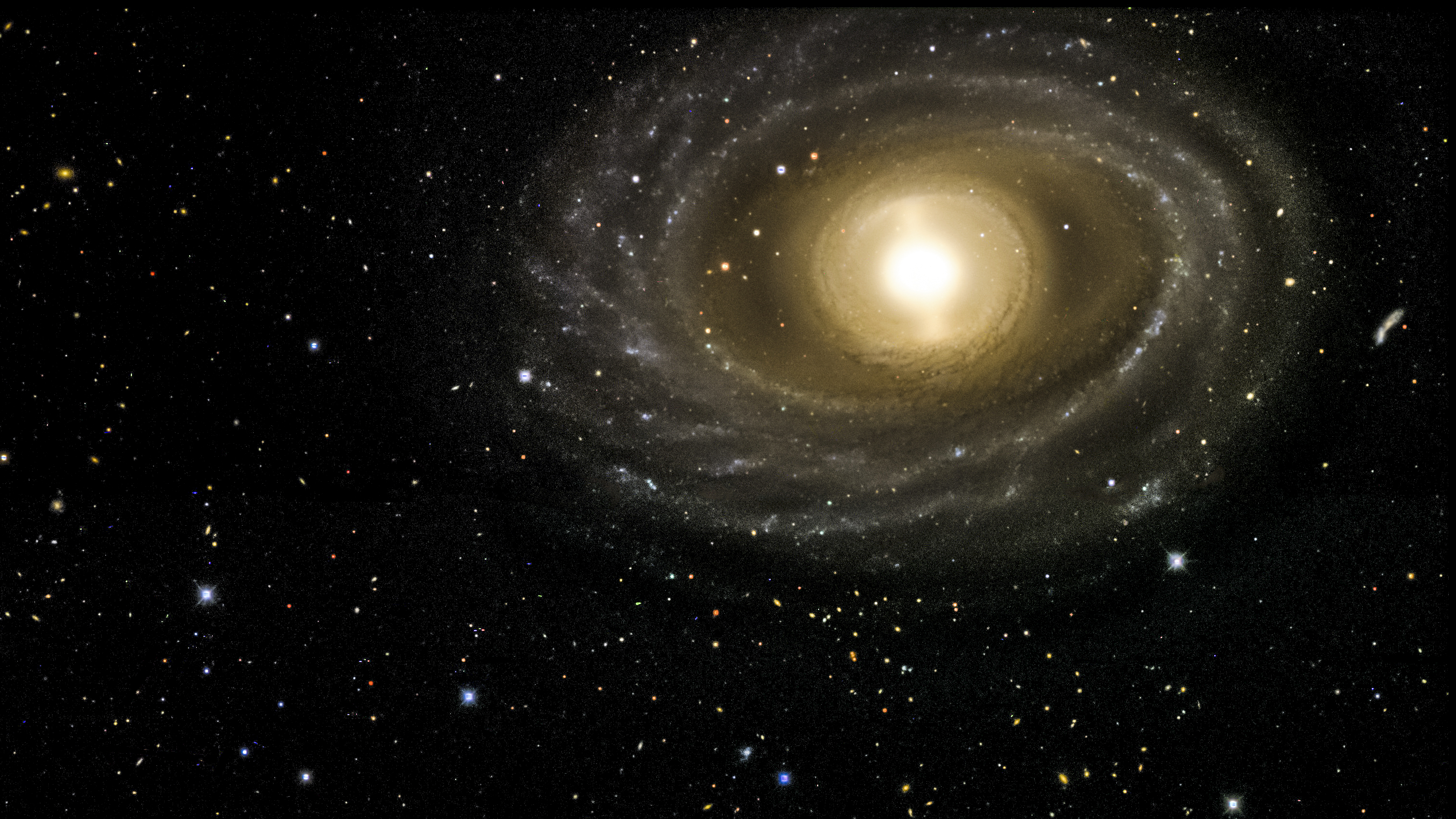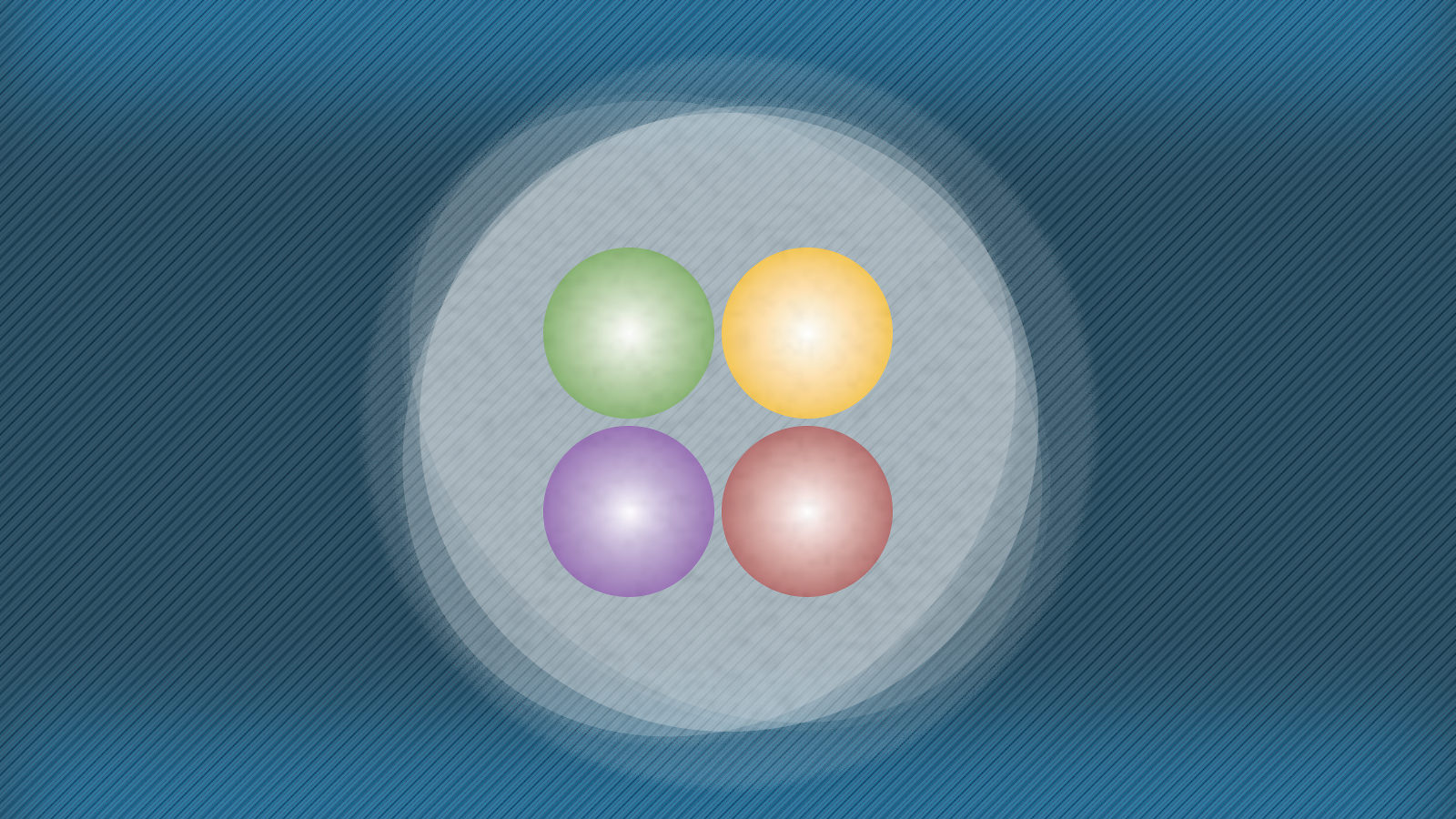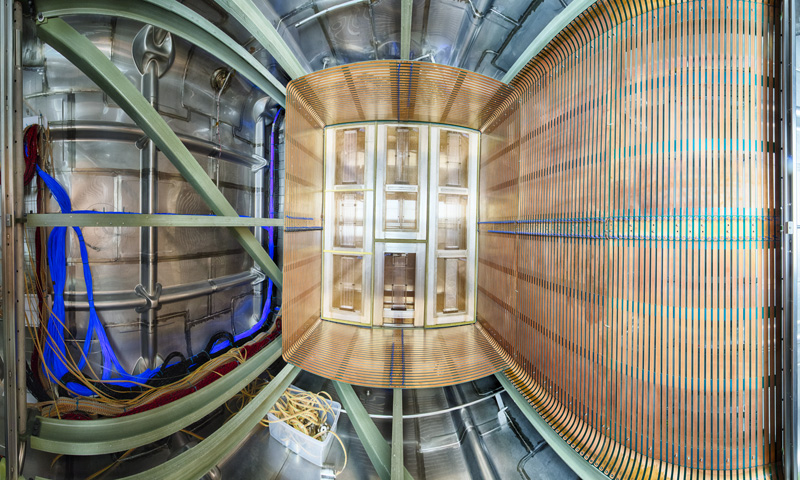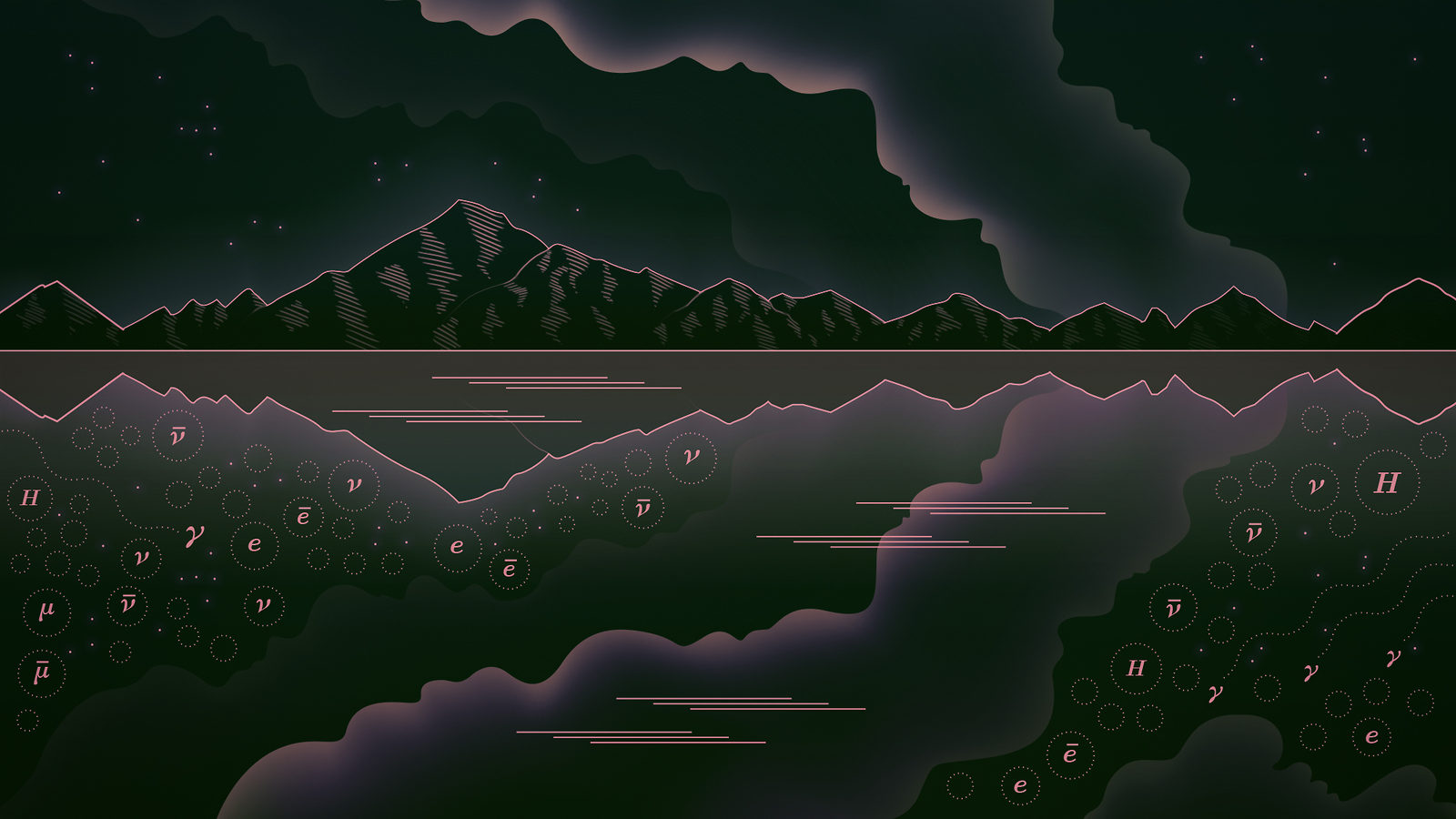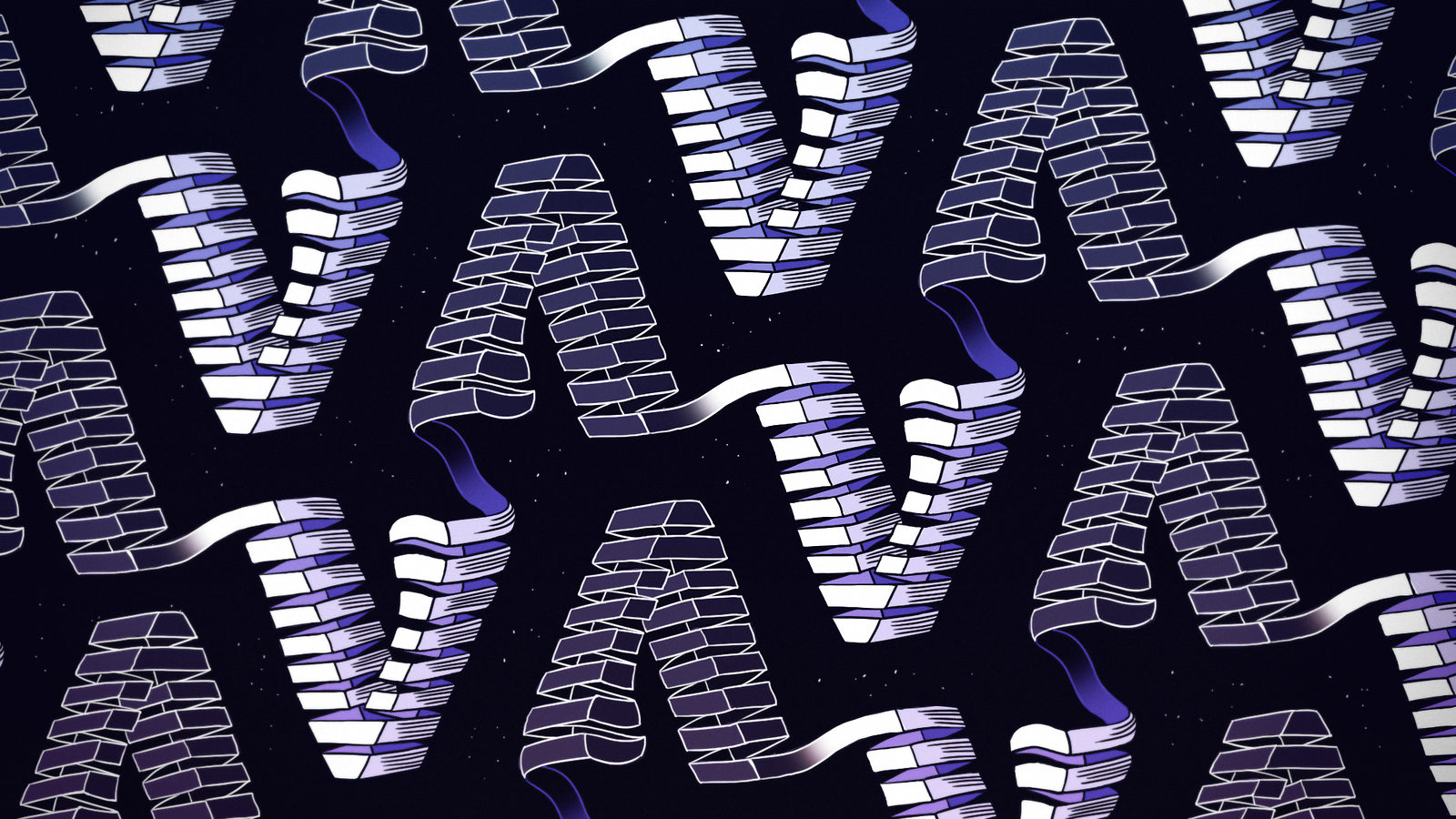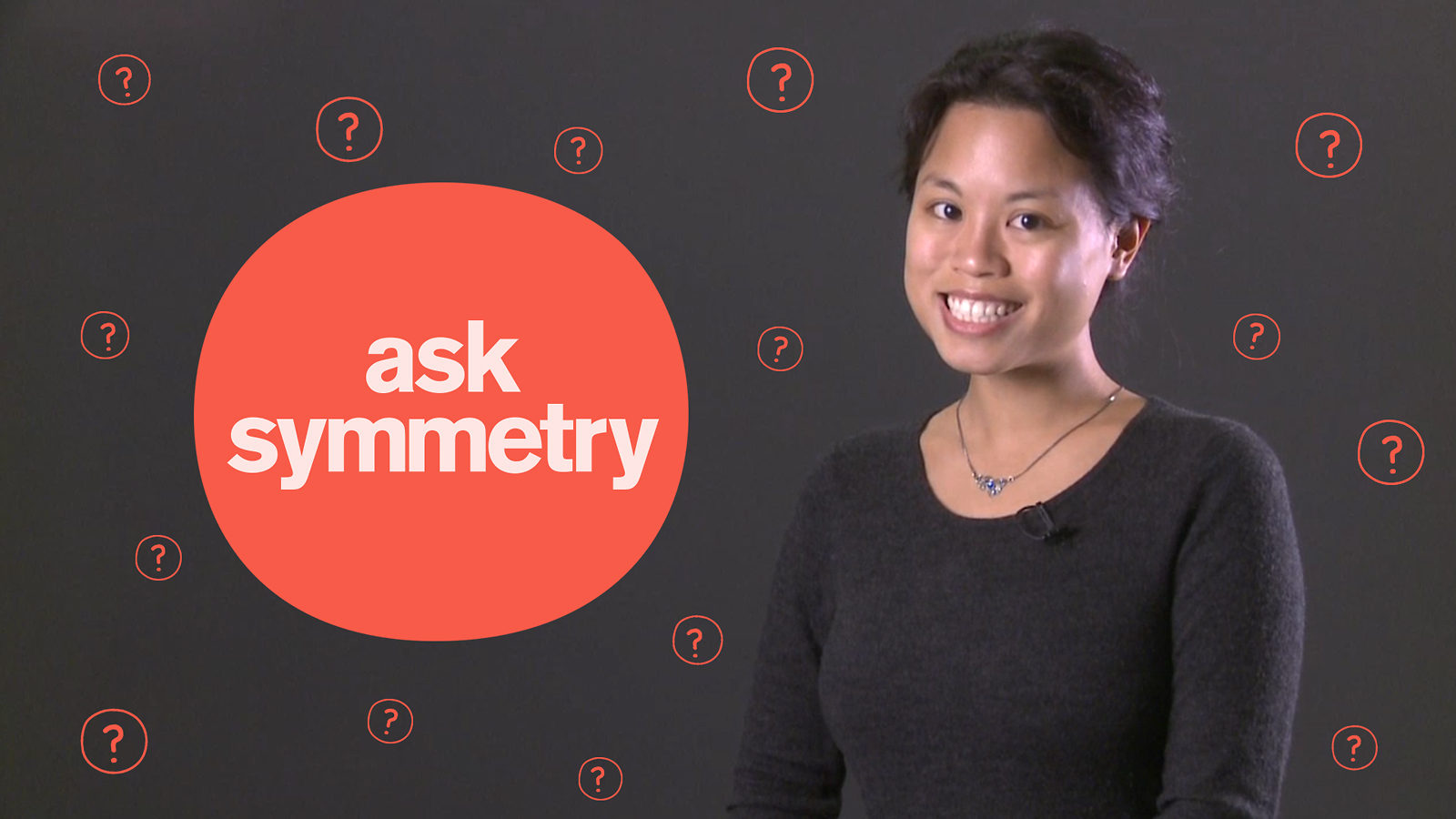Wonders of the universe on display at the Fermilab Art Gallery
- art gallery
- astrophysics
- Chile
- dark energy
- Dark Energy Camera
- Dark Energy Survey
- Illinois
- University of Illinois at Urbana-Champaign
The Fermilab Art Gallery welcomes “Art of Darkness,” a new exhibit of images from the Dark Energy Survey, including dazzling pictures of the cosmos captured with the Dark Energy Camera.

